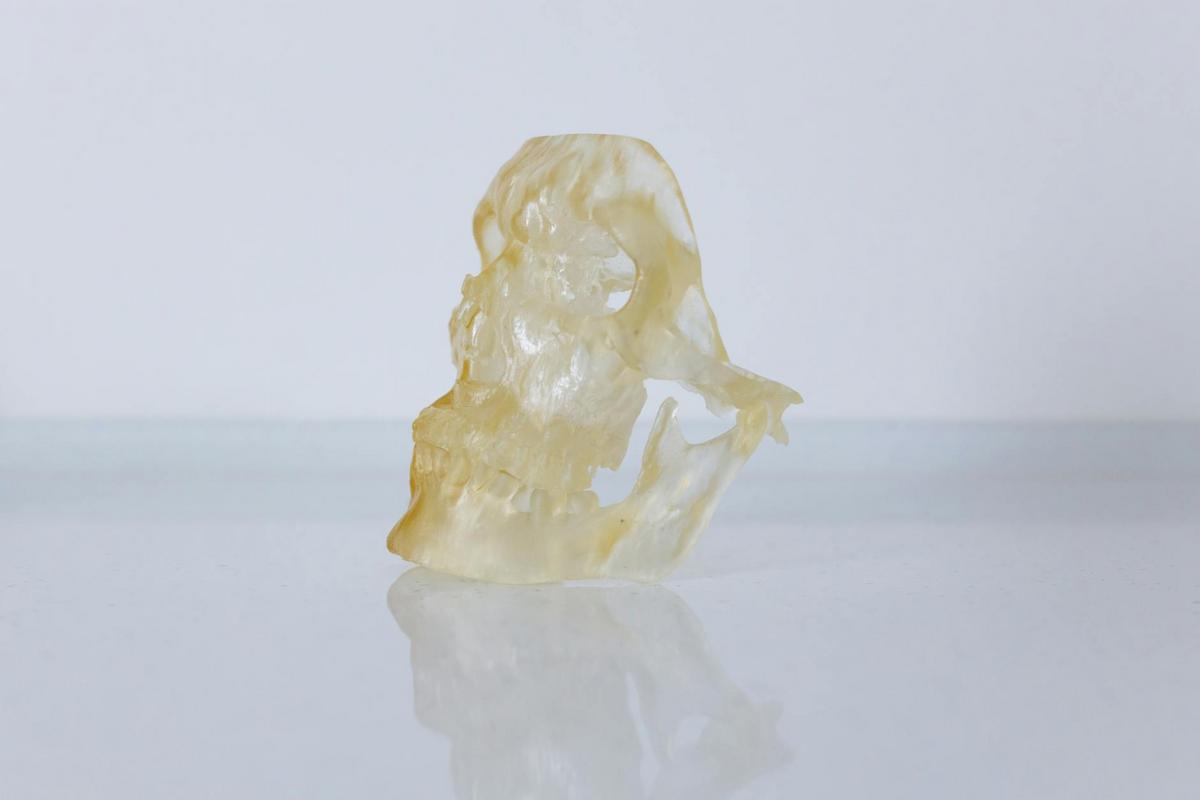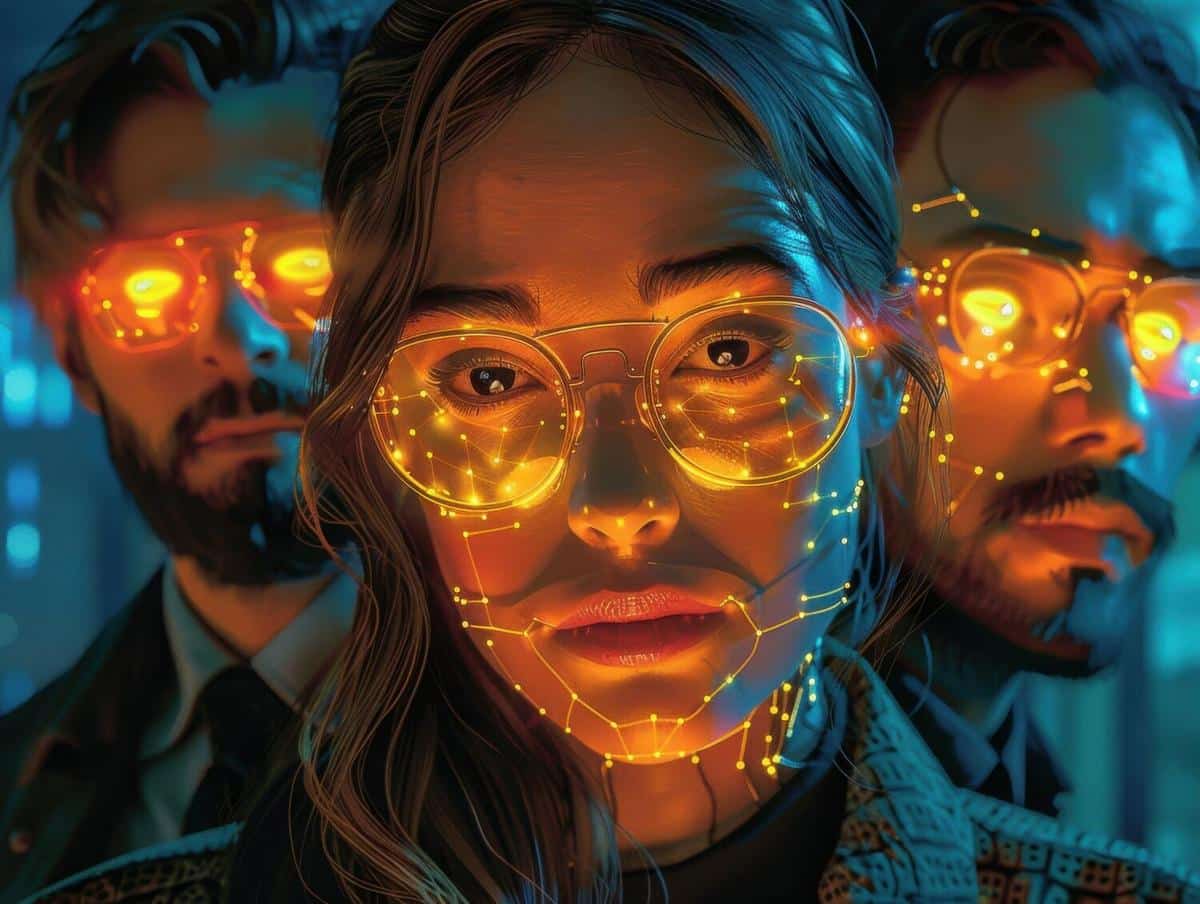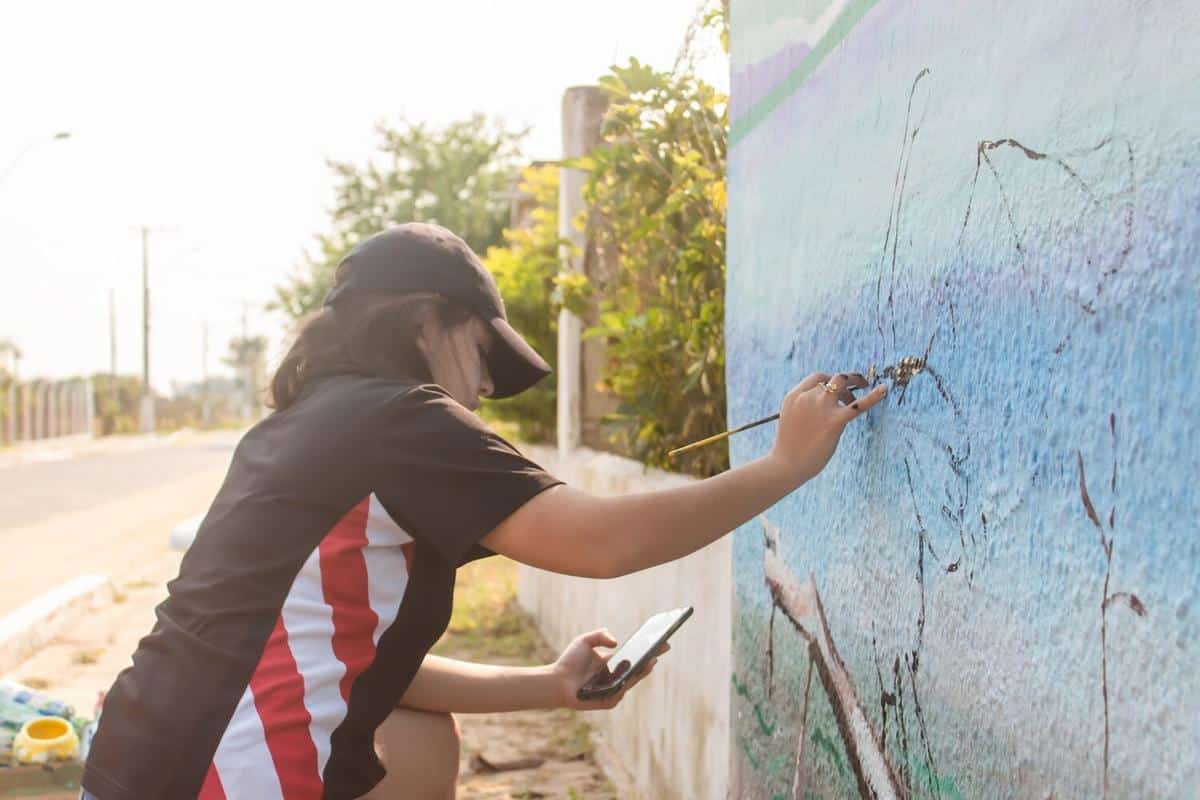
How 3D Printing is Revolutionizing Art Restoration
Art restoration has always been a delicate dance between past and present, demanding precision and reverence for historical integrity. Yet, with the advent of 3D printing, this field is experiencing a transformative shift, merging cutting-edge technology with the timeless beauty of heritage preservation.
Art restoration is undergoing a renaissance, thanks to 3D printing technology, which is offering unprecedented opportunities for preserving cultural heritage. This innovative approach allows for the creation of highly accurate replicas and parts, enabling restorers to repair and maintain art pieces without compromising their authenticity.
How 3D Printing Enhances Restoration
3D printing has introduced a new dimension to art restoration. According to Dr. Anna Thompson, a leading expert in cultural heritage, ‘3D printing provides us with the ability to reproduce intricate details that were previously impossible to achieve by hand.’ This technology allows museums and restoration experts to recreate missing or damaged parts with incredible accuracy.
Case Studies and Examples
Consider the restoration of a renowned historical sculpture that had suffered significant damage over the years. Using 3D scanning and printing, experts were able to recreate the missing fingers of the statue, ensuring the repairs were seamless and invisible to the naked eye. This method not only preserved the aesthetic integrity of the piece but also its historical significance.
Key Advantages of 3D Printing in Art Restoration
- Precision: 3D printing allows for precise replication of intricate details.
- Non-invasive: It minimizes the need for invasive restoration techniques.
- Cost-effective: Reduces the cost associated with traditional restoration methods.
- Speed: Accelerates the restoration process, allowing for quicker exhibition turnaround.
Expert Opinions and Insights
According to the European Commission’s report on cultural heritage, the integration of digital technologies like 3D printing is essential for modernizing the restoration process. This sentiment is echoed by many in the field, who see 3D printing as a crucial tool for the future of art preservation.
Actionable Tips for Restorers
- Start by digitizing the artifact using a high-resolution 3D scanner.
- Use CAD software to design replacement parts with perfect accuracy.
- Select appropriate materials for printing that match the original artwork.
- Collaborate with technology experts to ensure the best outcomes.
A Table of Recent Restorations Using 3D Printing
| Artwork | Location | Restoration Type | Year | Outcome |
|---|---|---|---|---|
| Venus de Milo | Louvre, Paris | Reconstruction of Arms | 2018 | Seamless |
| Statue of Liberty | New York | Crown Restoration | 2019 | Enhanced |
| David | Florence | Toe Repair | 2020 | Invisible |
| Winged Victory | Louvre, Paris | Wing Reattachment | 2021 | Flawless |
| The Thinker | Paris | Finger Reconstruction | 2022 | Perfect |
| Mona Lisa | Louvre, Paris | Frame Restoration | 2023 | Immaculate |
| Nefertiti Bust | Berlin | Crown Adjustment | 2023 | Exact |
| Terracotta Army | Xi’an | Weapon Replacement | 2023 | Authentic |
Frequently Asked Questions
How does 3D printing maintain the authenticity of art during restoration?
3D printing allows for precise replication of original parts, ensuring restorations are as close to the original as possible.
What materials are used in 3D printing for art restoration?
Common materials include resins and plastics that mimic the original materials used in the artwork.
Is 3D printing cost-effective for art restoration?
Yes, it reduces the labor costs associated with traditional restoration techniques and speeds up the process.
Conclusion
3D printing is revolutionizing the art restoration industry by providing new tools and techniques that ensure the preservation of cultural heritage with unmatched precision and efficiency. By embracing this technology, art conservators can safeguard history while making it more accessible to future generations. As we continue to explore the possibilities of 3D printing in art restoration, the potential for innovation in preserving our shared history is limitless.


